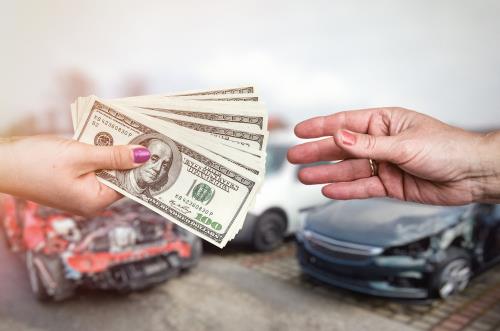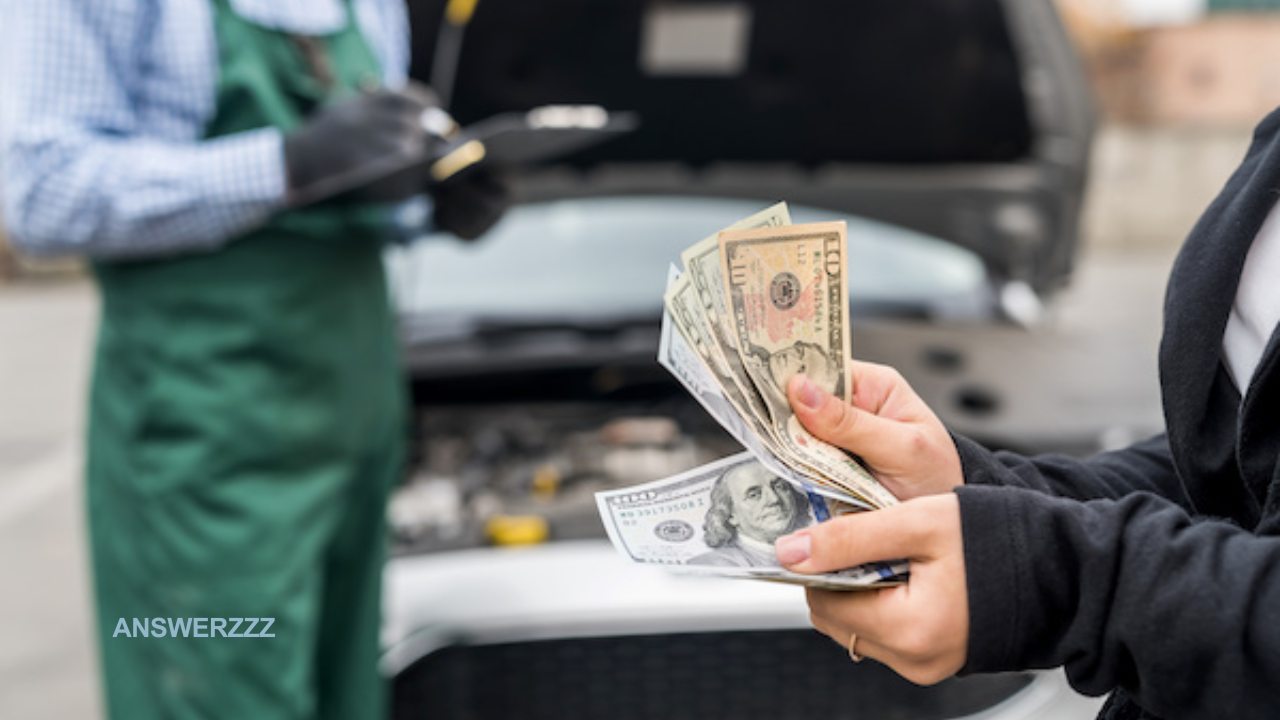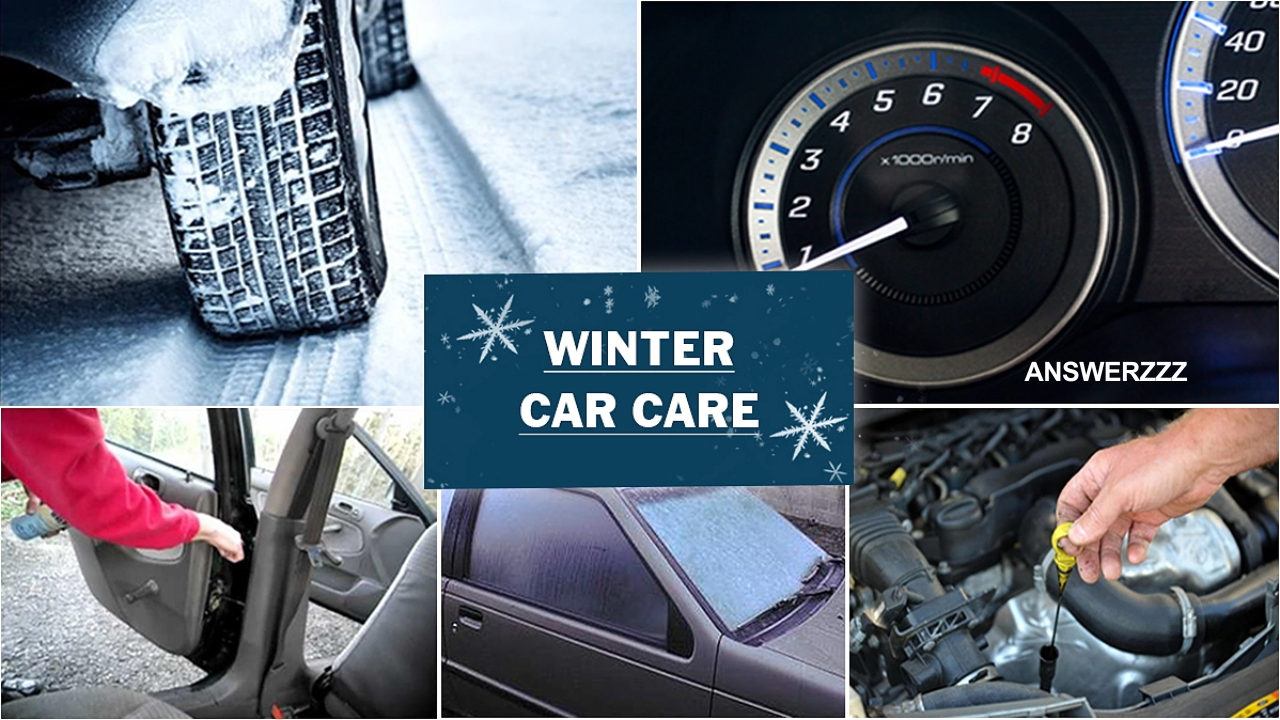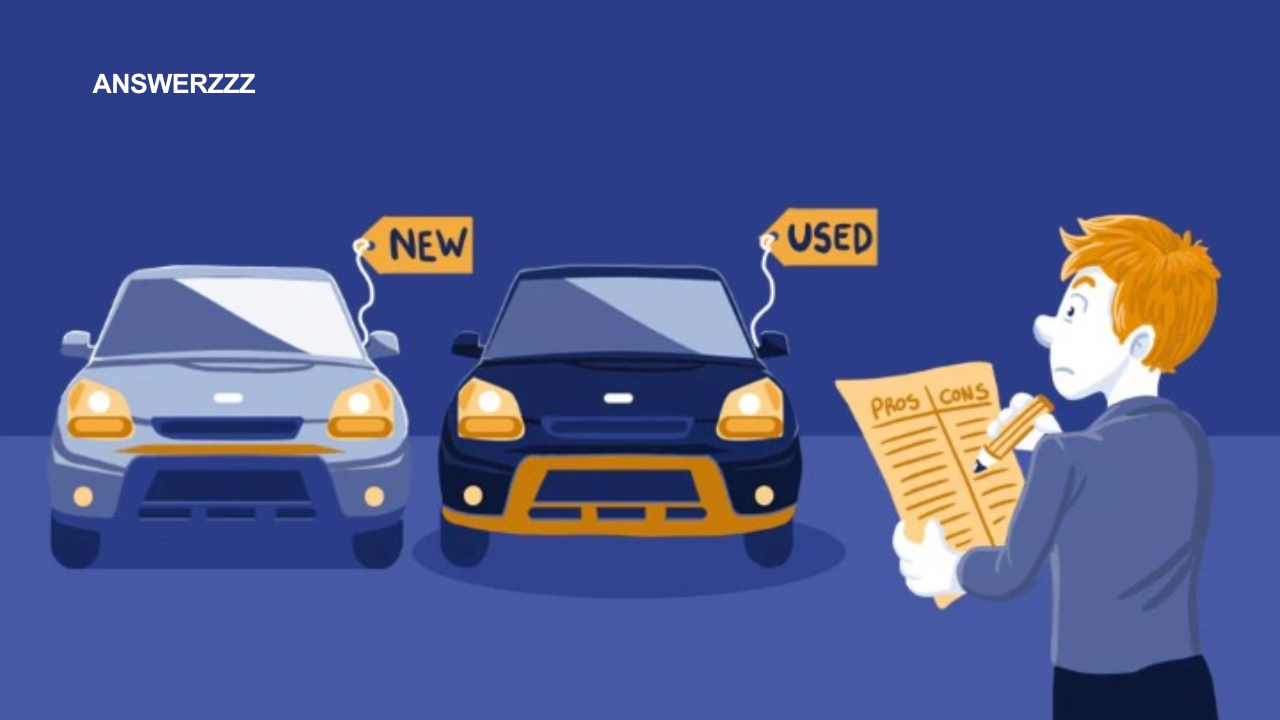Car repairs are an inevitable part of vehicle ownership. While they can often come with a hefty price tag, maintaining your car doesn’t have to drain your wallet. The key is to save money without compromising safety or quality. In this post, we’ll share actionable tips and strategies to help you save money on car repairs without cutting corners.
1. Follow a Preventative Maintenance Schedule
The best way to save money on car repairs is to avoid costly breakdowns in the first place. Preventative maintenance ensures your car runs smoothly and helps you catch minor issues before they become major (and expensive) problems.
- Stick to Your Owner’s Manual: Your car’s manual outlines a recommended maintenance schedule, including oil changes, tire rotations, and other routine services.
- Replace Fluids and Filters on Time: Neglecting fluid changes, such as coolant, brake fluid, and transmission fluid, can lead to expensive repairs down the line.
- Check Tire Pressure and Tread: Proper tire maintenance not only ensures safety but also extends the life of your tires and improves fuel efficiency.

2. Use a Trusted, Independent Mechanic
Dealerships often charge premium prices for labor and parts, which can significantly inflate your repair bills. Instead, consider using an independent mechanic:
- Look for ASE-Certified Technicians: Certification from the National Institute for Automotive Service Excellence (ASE) indicates that a mechanic has undergone rigorous training.
- Read Reviews: Check online reviews and ask friends or family for recommendations to find a reputable mechanic.
- Ask for Estimates: Get quotes from multiple shops to compare prices without compromising quality.
3. Learn Basic Car Maintenance
Taking on small maintenance tasks yourself can save you hundreds of dollars over time. You don’t have to be a car expert to handle basic repairs and maintenance:
- Change Your Air Filter: Most car air filters are easy to replace and require no tools. A new filter costs around $15–$30, compared to $50–$70 if done by a mechanic.
- Replace Windshield Wipers: This is another simple DIY task that can save you labor costs.
- Check and Top Off Fluids: Learn how to check your oil, coolant, and windshield washer fluid levels.
Online tutorials and YouTube videos can walk you through these tasks step by step.
4. Buy Your Own Parts
If you’re working with a mechanic, consider purchasing the parts yourself. Mechanics often mark up the cost of parts to increase their profit margins.
- Shop Online: Websites like RockAuto, AutoZone, or Amazon offer a wide range of car parts at competitive prices.
- Consider Used or Rebuilt Parts: Salvage yards and rebuilt parts can save you money on repairs for older vehicles.
- Double-Check Compatibility: Use your car’s VIN (Vehicle Identification Number) to ensure you’re buying the right part.
5. Invest in Quality Parts
While it’s tempting to opt for the cheapest parts available, low-quality parts often wear out faster, leading to additional repairs down the line. Balance cost and quality by choosing parts from reputable brands that meet your car’s specifications.
6. Shop Around for Labor Rates
Labor costs can vary significantly between repair shops. It pays to shop around:
- Get Multiple Quotes: Always compare prices from at least three different mechanics.
- Negotiate: Some shops may be willing to match or beat a competitor’s quote.
- Look for Specials or Discounts: Many shops offer seasonal promotions or discounts for first-time customers.

7. Use Technology to Your Advantage
Leverage technology to save money on car repairs:
- Diagnostic Tools: Purchase an OBD-II scanner to read error codes from your car’s computer. This can help you identify problems before visiting a mechanic.
- Repair Cost Estimators: Websites like RepairPal and Kelley Blue Book offer tools to estimate repair costs for your area.
- Mobile Apps: Apps like YourMechanic connect you with on-demand mechanics who perform repairs at your home or office, often at a lower cost than traditional shops.
8. Don’t Ignore Warning Signs
Ignoring strange noises, warning lights, or unusual vibrations can lead to more extensive (and expensive) damage. Addressing problems early can save you significant money in the long run.
- Pay Attention to Dash Lights: Warning lights like the “Check Engine” light should not be ignored.
- Listen for Unusual Sounds: Grinding brakes, whining belts, or clunking noises often indicate issues that require immediate attention.
- Monitor Performance: Noticeable changes in acceleration, fuel efficiency, or handling may signal underlying problems.
9. Build a Relationship with Your Mechanic
Establishing a good relationship with a trusted mechanic can pay off in the long term. A mechanic who knows your car’s history is better equipped to diagnose problems and may even offer loyalty discounts.
- Be Honest: Clearly describe any issues you’re experiencing.
- Ask Questions: Don’t hesitate to ask about the necessity of repairs or alternative solutions.
- Show Appreciation: A little gratitude can go a long way in fostering a positive relationship.
10. Avoid Unnecessary Repairs
Some repair shops may recommend services you don’t actually need. To avoid overpaying:
- Request Evidence: Ask the mechanic to show you the worn or damaged parts.
- Consult Your Manual: Your owner’s manual lists the manufacturer’s recommended maintenance schedule.
- Seek a Second Opinion: If you’re unsure about a recommended repair, get another opinion.
11. Check Warranty Coverage
If your car is still under warranty, certain repairs may be covered, saving you significant out-of-pocket costs.
- Understand Your Warranty: Familiarize yourself with what’s covered and for how long.
- Use Certified Repair Shops: Some warranties require repairs to be done at specific facilities.
- Keep Records: Maintain a record of all maintenance and repairs to avoid warranty disputes.
12. Join Loyalty Programs or Auto Clubs
Memberships in auto clubs like AAA often come with discounts on car repairs, maintenance, and parts. Additionally:
- Shop Loyalty Programs: Some repair shops offer rewards programs for repeat customers.
- Take Advantage of Benefits: Auto clubs may also offer free or discounted towing, which can save you money in an emergency.
13. Plan Repairs Around Promotions
If your repair isn’t urgent, consider waiting for seasonal promotions or discounts:
- Look for Coupons: Many repair shops offer online or mail-in coupons.
- Holiday Deals: Shops often run specials around holidays like Memorial Day or Black Friday.
14. Use Credit Cards with Rewards or Financing
If you need to finance a repair, use a credit card that offers cash back, rewards, or 0% interest financing for a promotional period. However, be cautious about carrying a balance to avoid interest charges.

15. Educate Yourself About Your Car
The more you know about your vehicle, the better equipped you’ll be to make informed decisions about repairs. Resources to consider include:
- Online Forums: Join forums dedicated to your car’s make and model to learn from other owners.
- Repair Manuals: Haynes and Chilton manuals provide step-by-step instructions for repairs.
- YouTube Tutorials: Many professional mechanics share tutorials online for common repairs.
16. Build an Emergency Fund for Car Repairs
Unexpected repairs can strain your finances, but an emergency fund can help you cover costs without resorting to high-interest loans or credit cards. Aim to save at least $500–$1,000 specifically for car-related expenses.
17. Take Advantage of Free Inspections
Some repair shops and auto parts stores offer free inspections or diagnostic services:
- Brake Checks: Free brake inspections can identify issues before they become serious.
- Battery Testing: Many stores will test your battery for free and install a new one if needed.
- Fluid Checks: Some shops offer free fluid checks and top-offs during oil changes.
18. Stay Organized with Maintenance Records
Keeping detailed records of all maintenance and repairs can save you money in several ways:
- Avoid Duplicate Repairs: Clear records help you avoid paying for services that have already been performed.
- Increase Resale Value: Well-maintained cars fetch higher resale prices.
- Simplify Warranty Claims: Accurate records make it easier to claim warranty coverage.
19. Drive Smarter
Your driving habits have a direct impact on your car’s wear and tear:
- Avoid Aggressive Driving: Rapid acceleration and hard braking increase stress on your vehicle.
- Lighten Your Load: Carrying excess weight can strain your engine and suspension.
- Stick to Smooth Roads: Potholes and rough terrain can cause premature wear on your tires and suspension.
20. Know When to Replace Your Car
Sometimes, pouring money into an old car isn’t the most cost-effective option. If repair costs exceed the car’s value, it may be time to consider upgrading to a newer, more reliable vehicle.
Final Thoughts
Saving money on car repairs without cutting corners requires a combination of proactive maintenance, smart shopping, and informed decision-making. By following the tips outlined above, you can keep your car in excellent condition while protecting your wallet. Remember, the goal is not just to save money but to ensure your safety and extend the life of your vehicle.



